Explanation
Ganghwa Armiae World is a theme park with Ganghwa mugwort as its theme. The mugwort of Ganghwado Island is widely known for its great medicinal effects. Armiae means “creating beauty through mugwort.” Armiae World provides its visitors with various opportunities to experience Ganghwa mugwort.
Mugwort Korean Beef Restaurant serves quality beef from cattle fed Ganghwa mugwort. The restaurant features a modern interior with beautiful views of the surrounding area. The Mugwort Experience Hall presents various mugwort-related experience programs such as a spa, foot bath, and sitz bath. The Agricultural Exhibition Hall provides a childrens' interactive experience about the value of farming, and the Onsaemiro Maze Park offers a history trip of Ganghwa greenhouses along the labyrinth. Other facilities include the Pottery Experience Hall, Ganghwa Agricultural Goods Sales Office, outdoor lawn square for events and picnics, and a processing plant for agricultural and indigenous products including mugwort.
Armiae World is located at the foot of Hyeolgusan Mountain, which is well-known for beautiful azalea flowers in the spring. Providing hands-on experiences in farming, Armiae World is emerging as a unique tourist attraction of Ganghwado Island.
Homepage
www.armiae.com (Korean only)
Information Use
Capacities : 100 people
Years experience : Open to visitors of all ages
Experience Guide : Mugwort experience, natural dying, natural soap making, etc.
Contact and Information : • 1330 Travel Hotline: +82-2-1330
(Korean, English, Japanese, Chinese)
• For more info: +82-32-930-4124,
+82-1577-2198, +82-32-937-9024
Opening day : March 5, 2009
Parking facilities : Available (80 small car parking spaces, 10 large car parking spaces)
Day off : Seollal (Lunar New Year's Day) & Chuseok (Korean Thanksgiving Day) holidays
Hours : [Agricultural Exhibition Hall] 09:30-17:30
[Onsaemiro Maze Park] Summer 09:00-18:00 / Winter 09:00-17:00
[Armiae Mart] 10:00-18:00
[Mugwort Experience Hall] 10:00-18:00
[V-tree Experience Hall] 10:00-18:00
[Dondoldari Bapsang (restaurant)] 11:00-21:00
More information
Facility Utilization Fees
Fees vary by program
Admission Fees
Free
Available Facilities
Mugwort-themed experience hall, exhibition hall, restaurant, parks, event hall, etc.
Restrooms
Available
Parking Fees
Free
Location
742-2, Jungang-ro, Ganghwa-gun, Incheon
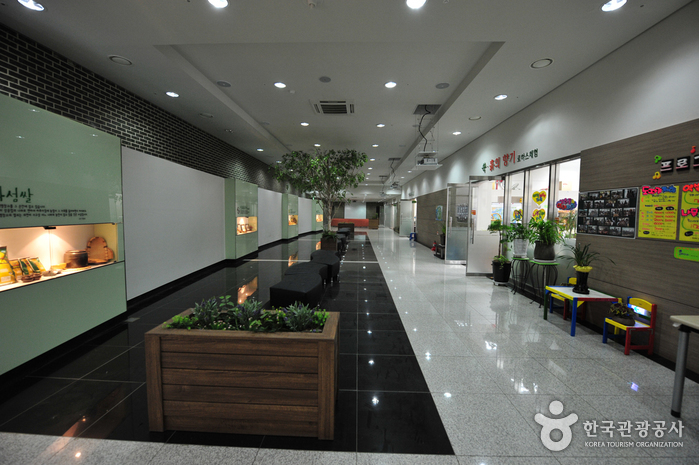
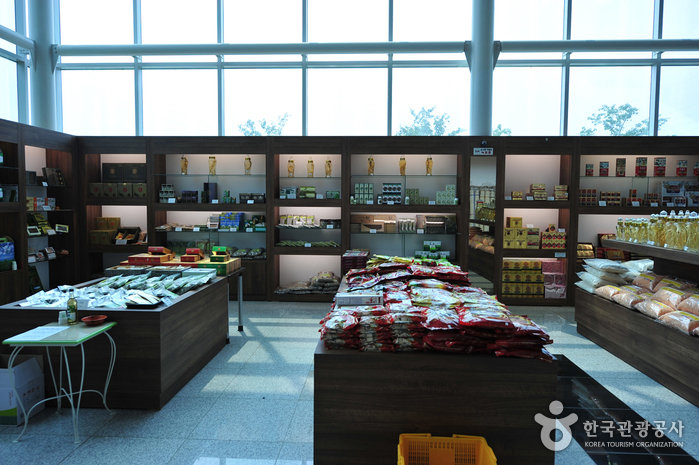
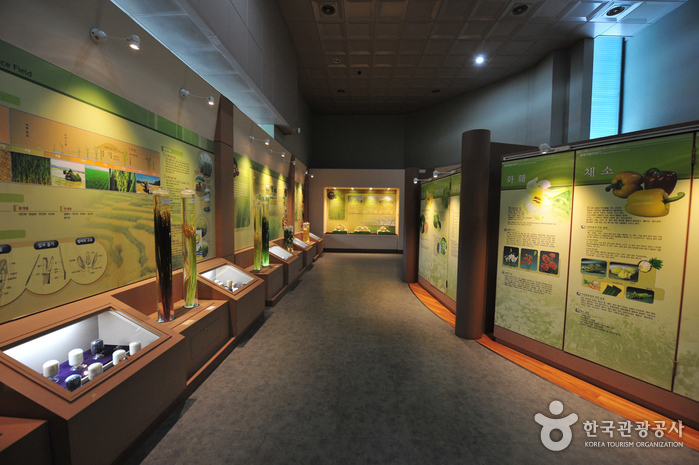
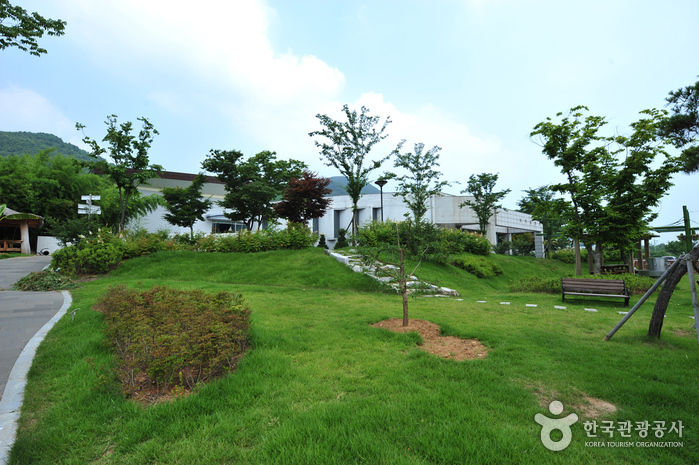


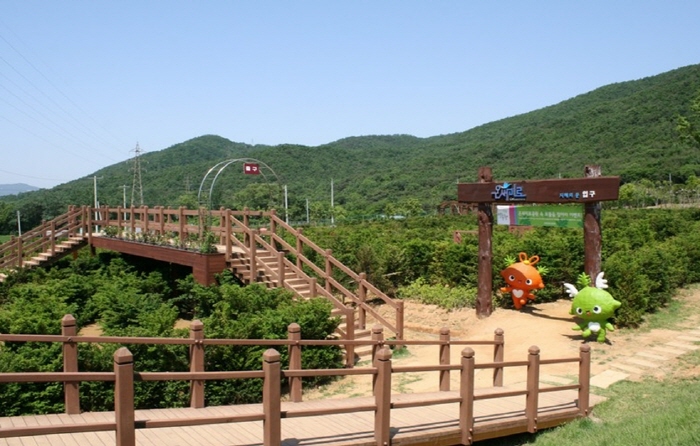
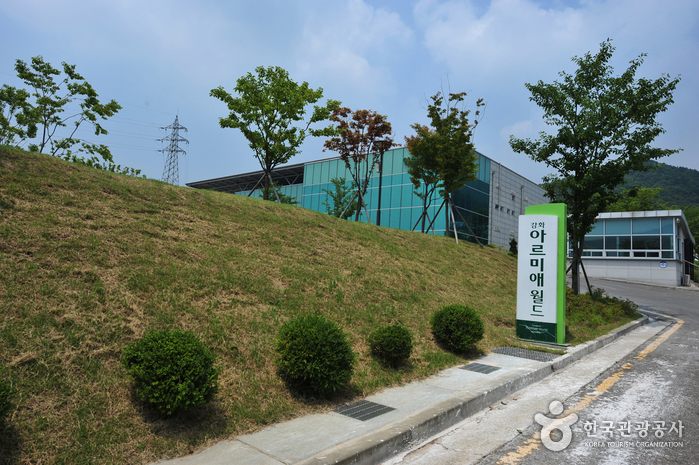
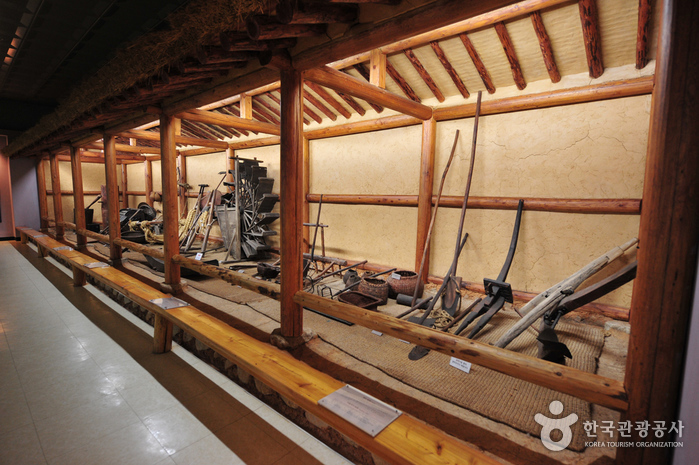
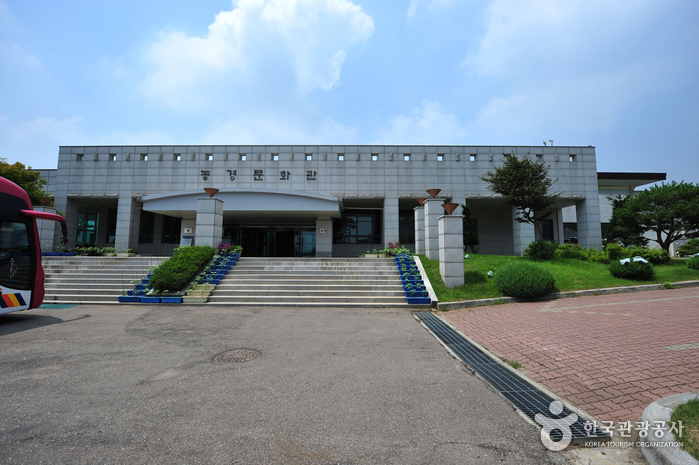

 English
English
 한국어
한국어 日本語
日本語 中文(简体)
中文(简体) Deutsch
Deutsch Français
Français Español
Español Русский
Русский